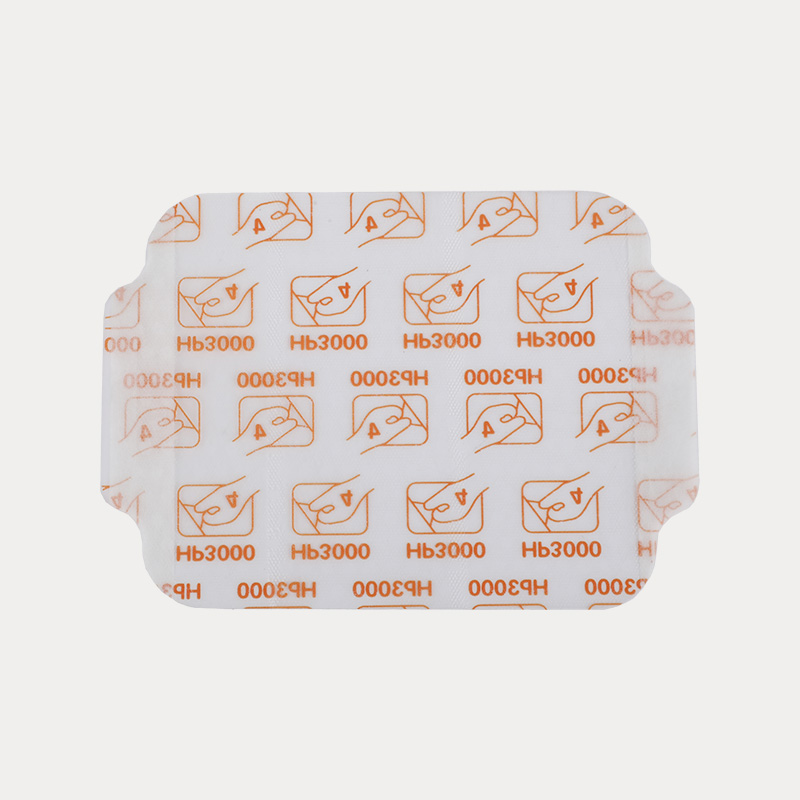After the central vein is successfully placed, the operator will fix the catheter by a certain method or use a special tool to prevent the catheter from being displaced or even prolapsed and ensure the smooth progress of the venous treatment.
The initial fixation of the central venous catheter is to fix the catheter with silk suture and ligation. The suture fixation does play a role in preventing the catheter from falling off. However, due to the large scope of trauma, inconvenient maintenance and easy catheter-related infection (CRI) , and then switched to the adhesive strip fixation method, but the detachment rate was significantly increased.
With the use of the catheter fixation device, instead of the traditional fixation method, the fixation device to fix the central venous catheter not only reduces the related infection of the catheter, but also reduces the detachment of the patient, and improves the effectiveness of the catheter.
Use a catheter fixing device. This device uses a locking structure to clamp the catheter wings and the catheter fixing device together, which is very reliable. The other side is fixed to the skin around the catheter by sticking, which can effectively reduce the slippage of the catheter. In addition, this operation is non-invasive. Operation, as a one-time-use material, the catheter only needs to be discarded and replaced during maintenance. The operation is simple and convenient, and there is no inflammatory reaction at the fixed place, which reduces the pain of the patient and improves the satisfaction of the patient. Commonly used fixation.
Regardless of the catheter fixation method, a transparent applicator (diameter > 12cm) should be covered with the puncture point as the center. Taking the catheter fixation device that is currently most clinically used as an example, on the one hand, the puncture point can be partially isolated from the outside world to protect the The role of the puncture point, on the other hand, the use of the elevated platform method can also strengthen the fixation of the catheter, and at the same time facilitate the observation of the catheter.
In special cases such as blood and fluid oozing at the local puncture point of the patient, or the patient himself is allergic to the transparent film, the nursing staff will cover the puncture point with a sterile gauze dressing for the patient, and fix it with an external tape, because the gauze has a good adsorption capacity. However, compared with the transparent application, gauze still has certain disadvantages, such as the local puncture point is not easy to observe, the airtightness is poor, the fixation is not reliable, etc. Therefore, for this situation, there are many new clinical dressings, such as antibacterial gel dressings, hypoallergenic hydrocolloid dressings, etc. Clinically, the patient's situation is complex and diverse, and appropriate dressings should also be selected according to the specific situation.
Procedure for catheter fixation
Take the catheter fixation device as an example
1. Evaluation: Evaluate whether the local skin is red, swollen, dermatitis, skin lesions, and whether the puncture site is exuding.
2. Removing the old dressing: fix the catheter, and remove the old dressing by turning it back at a 180° angle from the distal end of the catheter to the direction of the puncture point.
3. Disinfection: Thoroughly disinfect the local skin with chlorhexidine, with the puncture point as the center, diameter > 12*12cm by trained nursing staff
4. Fixation: Put the catheter fixing device in the sterile area by aseptic operation, wear sterile gloves, clamp the catheter fixing wings in the groove of the catheter fixing device, and then stick the catheter fixing device on the skin; As the center, the transparent dressing is covered with a tension-free adhesive method, and the catheter fixing device and the catheter are shaped to ensure a tight fit.
5. Take off the gloves, record the time and operator's name on the tape, and stick it on the edge of the film.

Last but not least:
(1) Once the catheter is prolapsed, do not re-insert the prolapsed catheter into the blood vessel. Measures to be taken: If the catheter is prolapsed less, determine the position of the catheter tip and evaluate the function of the catheter. If it is determined that the catheter tip is still in the upper (lower) cavity Intravenous, it can still be used as a central venous catheter after re-fixation according to the sterile fixation method. If the catheter is prolapsed after many evaluations and affects its use, consider removing the catheter and re-puncture the catheter in other parts.
(2) Choose a catheter fixing device with better compatibility of adhesive and soft substrate as much as possible to reduce the incidence of skin allergy caused by adhesive and avoid secondary operations.
Related product:
IV cannula dressing

